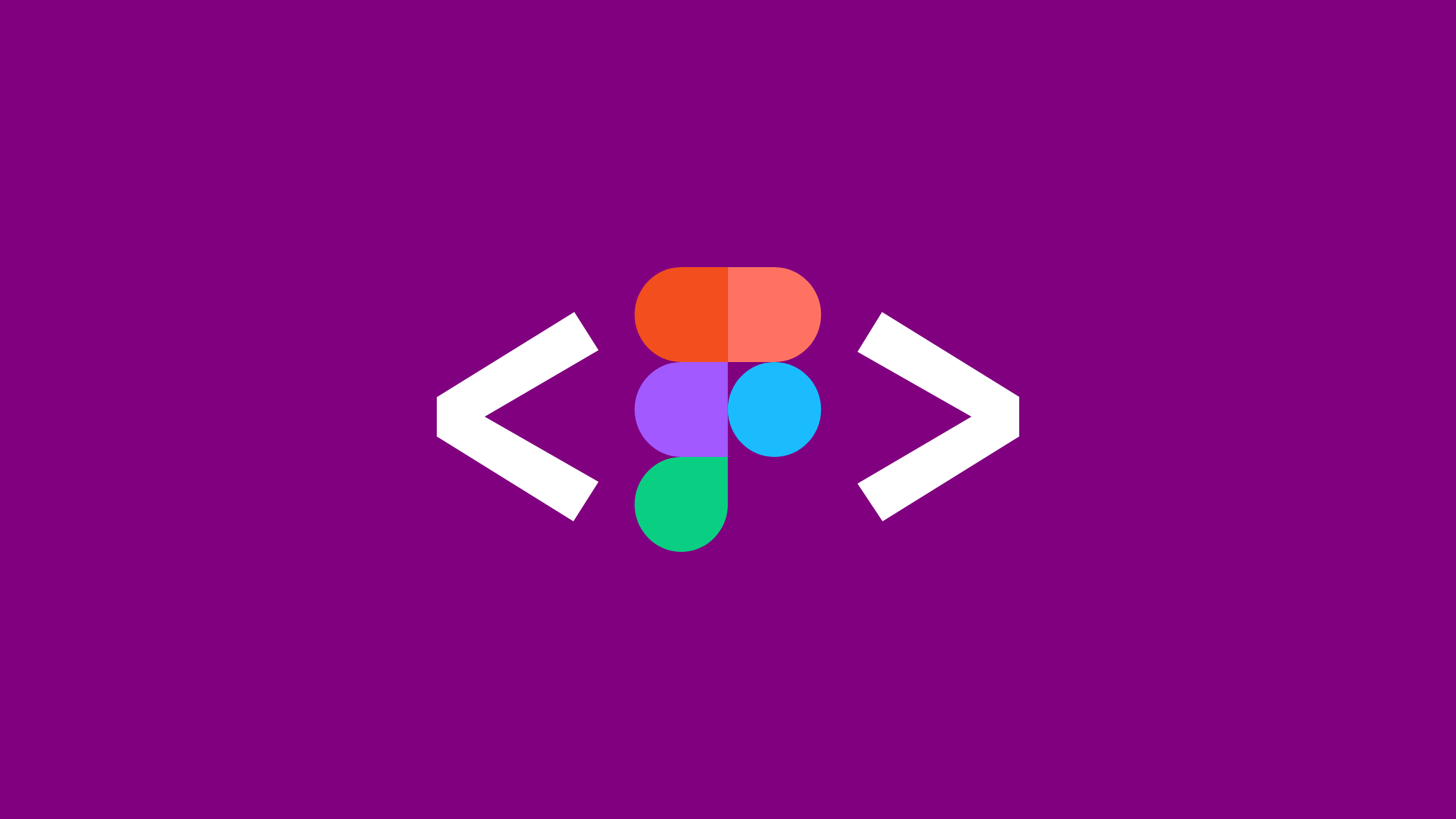
React developers are constantly looking for ways to optimize their workflow. Whether it's implementing designs or keeping up with the front-end landscape, staying efficient is key.
As we approach 2025, we collected here a combination of tools, techniques, and automation that will help you deliver great applications.
Let’s explore some practical tips and tools to supercharge your React workflow, including Polipo, a Figma-to-React compiler that simplifies web development.
1. Embrace Real-Time Design-to-Code Synchronization

A common challenge in front-end development is maintaining alignment between design and code. Polipo addresses this by enabling real-time synchronization between Figma and React. This means design changes in Figma are reflected instantly in your application, allowing seamless collaboration between designers and developers.
With Polipo, your team can:
- Design components in Figma.
- Compile them directly into responsive HTML and CSS.
- Customize logic and interactivity using React.
This way you can reduce friction and redundant handoffs in your workflow and ensure pixel-perfect implementation with zero effort.
2. Automate Boilerplate Code Generation

React applications often require repetitive coding for components, layouts, and state management. Tools like Plop.js or Hygen can automate boilerplate generation. Combine this with Polipo’s ability to produce clean, responsive code directly from designs, and you’ll find yourself writing less and deploying faster.
Polipo isn’t a code generator; it’s a compiler. Instead of generating code that you need to maintain, it produces optimized markup and CSS, ready for production. No more juggling multiple tools or dealing with bloated, auto-generated code.
3. Leverage Modern Component Libraries

Save time by using pre-built components from libraries like Chakra UI, MUI, or Ant Design (we compared them here). These libraries offer customizable and accessible design systems to speed up development.
4. Optimize Responsiveness Early

Responsiveness is often treated as an afterthought. With Polipo, responsiveness can be defined directly in Figma using auto-layouts, breakpoints, and variants. The tool automatically compiles these design elements into responsive CSS, saving developers time and ensuring designs look great across all devices.
5. Use Real-Time Collaboration Tools

Collaboration tools like CodeSandbox or Storybook (our preferred one) are invaluable for sharing live previews of your components. Polipo could complement these tools by allowing real-time previews of Figma designs in your browser. We are currently working on this integration to enable a new layer of collaboration between designers and developers from day one, eliminating the back-and-forth of design iterations.
What is Polipo?

Polipo is the first Figma compiler built for React, Next.js, Remix, and more. It bridges the gap between design and code, offering:
- Real-time synchronization: Preview updates instantly (watch it here).
- Single source of truth: Figma for layouts and visuals, code for logic.
- Pixel-perfect accuracy: Intricate designs rendered exactly as intended.
- Secure local processing: Your data stays on your machine.
Final Thoughts
Improving the quality of your React workflow in 2025 means adopting tools that align with your team’s strengths while addressing common pain points.
Want to see Polipo in action?
Start here to learn more.